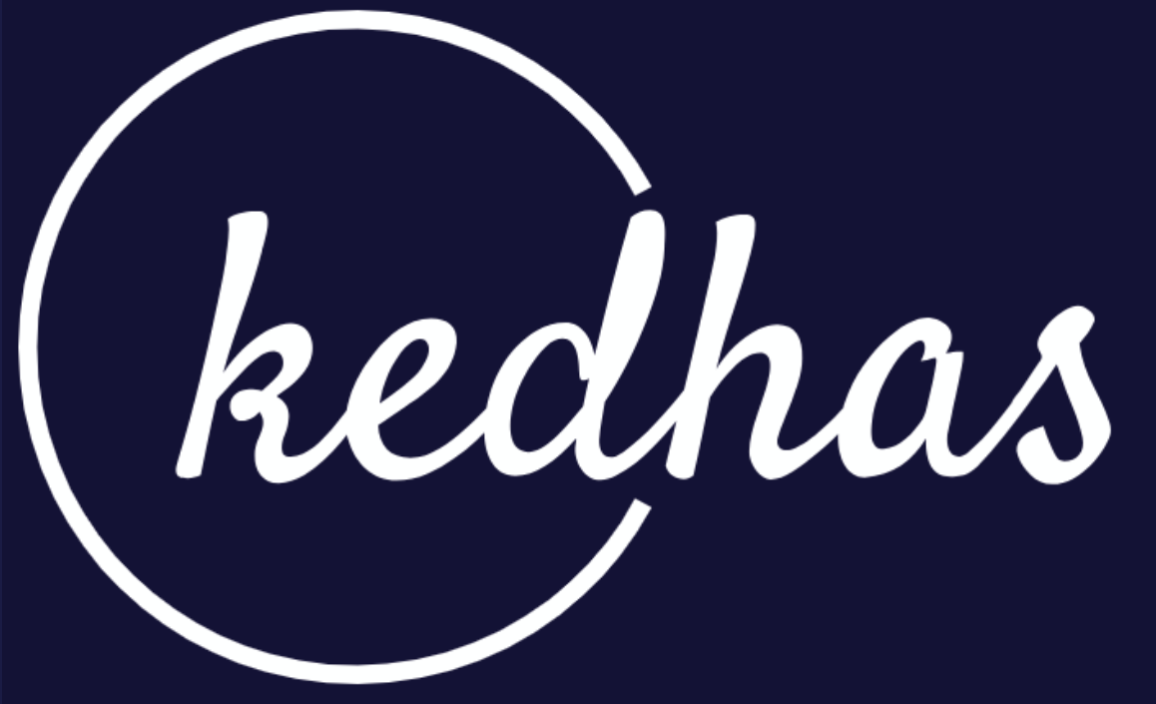Layout and Positioning
The "Layout and Positioning" section delves into essential CSS concepts that enable you to control the layout and positioning of elements on web pages. Understanding these techniques is crucial for creating well-structured and visually appealing layouts.
Layout and Positioning
Summary
The "Layout and Positioning" section of our CSS guide covers essential concepts that are crucial for controlling the layout and positioning of elements on web pages. Understanding these techniques is fundamental for creating well-structured and visually appealing web layouts.
Box Model
The CSS Box Model is a foundational concept for understanding how elements are sized and spaced within a web page. It consists of the following components:
- Content: The actual content of the element.
- Padding: The space between the content and the element's border.
- Border: The border surrounding the element.
- Margin: The space between the element's border and neighboring elements.
Understanding the Box Model is essential for precise control over element sizing and spacing.
Positioning
CSS offers several properties for controlling the position of elements. These properties include:
position: Determines how an element is positioned in a layout.top,right,bottom,left: Specify the offset values for positioned elements.z-index: Controls the stacking order of elements.
By mastering these properties, you can precisely control where elements appear on the web page.
Display Property
The display property is used to define how an element should be displayed within a layout. Common values for display include:
block: Elements are displayed as blocks and stack vertically.inline: Elements are displayed inline and flow horizontally within the text.inline-block: Combines aspects of bothblockandinlineelements.flex: Enables flexible box layouts.grid: Enables grid layouts.
Understanding the display property is essential for creating complex and responsive layouts.
Floats and Clears
The float property is often used for creating multi-column layouts by floating elements to the left or right. However, it can lead to issues with element wrapping. To prevent this, the clear property can be used to ensure that elements are displayed below floated elements.
By mastering these CSS techniques for layout and positioning, you'll have the skills to create well-structured and visually appealing web pages.
Book a conversation with us for personalize training today!

